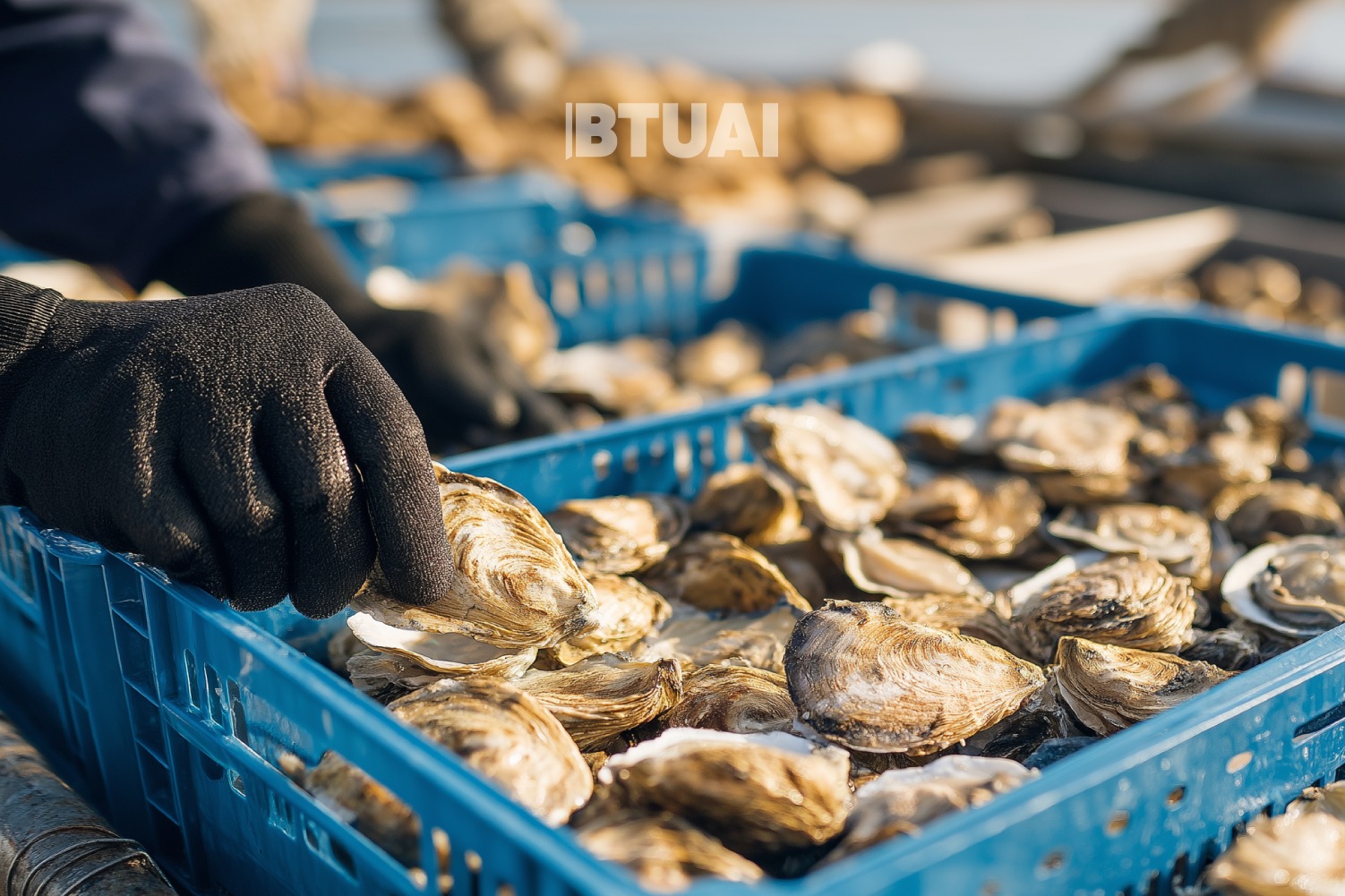The Second-Hand Clothing Market in Georgia and Other Countries — Where We Stand and What We Can Learn
Over the past decade, the global second-hand clothing market has become one of the fastest-growing segments of the fashion

Over the past decade, the global second-hand clothing market has become one of the fastest-growing segments of the fashion industry. In the US, the EU, and major Asian economies, annual growth rates often reach double digits, driven by the rapid development of online platforms, rising environmental awareness, and active support for circular economy policies. However, the structure and dynamics of these markets differ significantly from country to country. In Georgia, where imports of second-hand clothing reached USD 40.7 million in 2024, comparing this trend with other markets offers a clear picture of where we stand today and what we can learn at both policy and business levels.
United States — Digital Platform Dominance and Premium Segment Growth.
In 2023, the US second-hand clothing market exceeded USD 43 billion in value (according to ThredUp) and is projected to double by 2027. The main growth driver is online platforms — Poshmark, Depop, ThredUp — that connect both individual sellers and brands wishing to resell their second-hand or returned collections. This model has helped second-hand fashion break away from being seen solely as a budget option and enter the premium segment.
The US experience is relevant for Georgia, where local online platforms such as Phubber still do not fully cover the market and lack large-scale partnerships with brands. The American model shows that brand partnerships build consumer trust, strengthen quality assurance, and expand audiences. It also demonstrates that second-hand’s success can be built not only on price but also on brand recognition, quality, and uniqueness.
European Union — Regulations and Environmental Standards. In the EU, second-hand market growth is closely linked to green policies and legislative initiatives. From 2025, EU member states will be required to collect textile waste separately, giving a significant boost to recycling and resale. In France, for example, the state offers subsidies to shops and platforms that provide clothing repair or resale services.
In Georgia, no such regulations exist, and textile waste is neither formally recorded nor integrated into policy. As a result, the second-hand clothing boom operates independently of structured environmental policy. The EU example shows that integrating the sector into green policy increases both economic benefits (jobs, added value) and environmental gains (waste reduction, less production pressure on the environment).
Eastern Europe — Price-Driven Markets. In Poland, Bulgaria, and Romania, second-hand stores are especially popular among lower- and middle-income consumers. In Bulgaria, many second-hand retail chains sell stock imported from Western Europe, often competing successfully with local production on price.
This closely mirrors Georgia’s reality, where consumer choice is primarily price-driven rather than environmentally motivated. However, Poland’s example shows that the second-hand sector can be integrated with textile recycling. Large chains such as VIVE Textile Recycling process leftover materials after sales and use them to produce new goods, thereby reducing waste and creating added value. In Georgia, there is currently almost no link between the second-hand market and the recycling sector.
Asia — Rapid Digital Growth and Quality Assurance – In Japan and South Korea, the second-hand market has grown significantly in recent years through online platforms focused on high-quality and often limited-edition items. In Japan, Yahoo! Auctions and Mercari have made buying second-hand nearly as common as purchasing new goods.
These countries’ experiences show that consumer behavior can change when platforms offer quality guarantees, secure payment systems, and a highly streamlined process. In Georgia, where online sales culture is still developing, this could become one of the main growth directions.
Where We Stand and What We Can Learn? Georgia’s second-hand market, in its structure and consumer behavior, aligns more closely with the Eastern European model — high price sensitivity, low environmental motivation, and complete reliance on imports. At the same time, the experiences of the US and Japan show that technology and platform development, quality assurance mechanisms, and brand partnerships can significantly increase market size and attractiveness. The EU approach proves that integrating the sector into environmental policy can deliver not only economic but also ecological benefits.
If these lessons are applied effectively, Georgia’s second-hand market could evolve from being just a low-cost segment into a symbol of quality and sustainability — reducing waste, boosting employment, and strengthening the overall structure of the circular economy.




